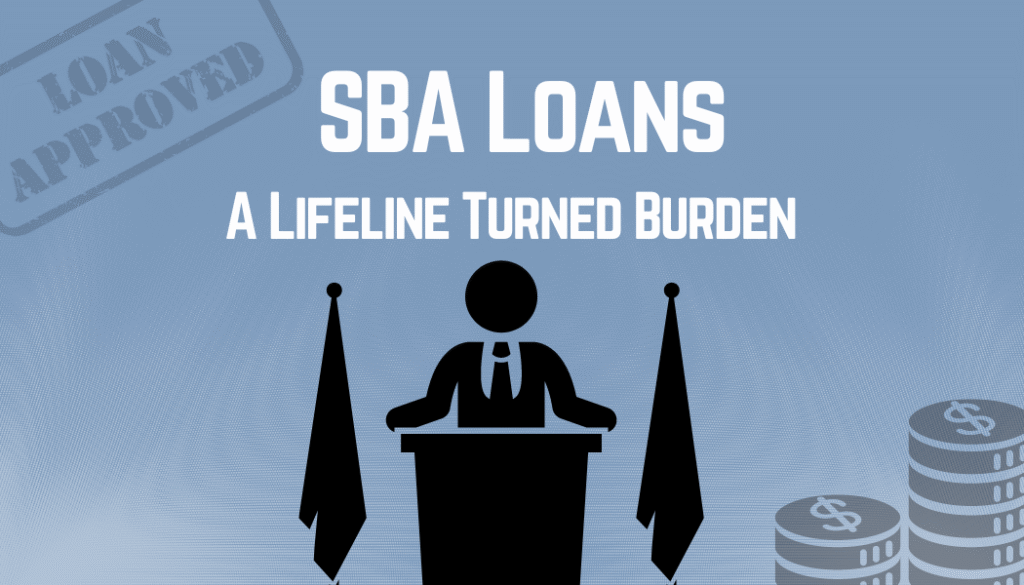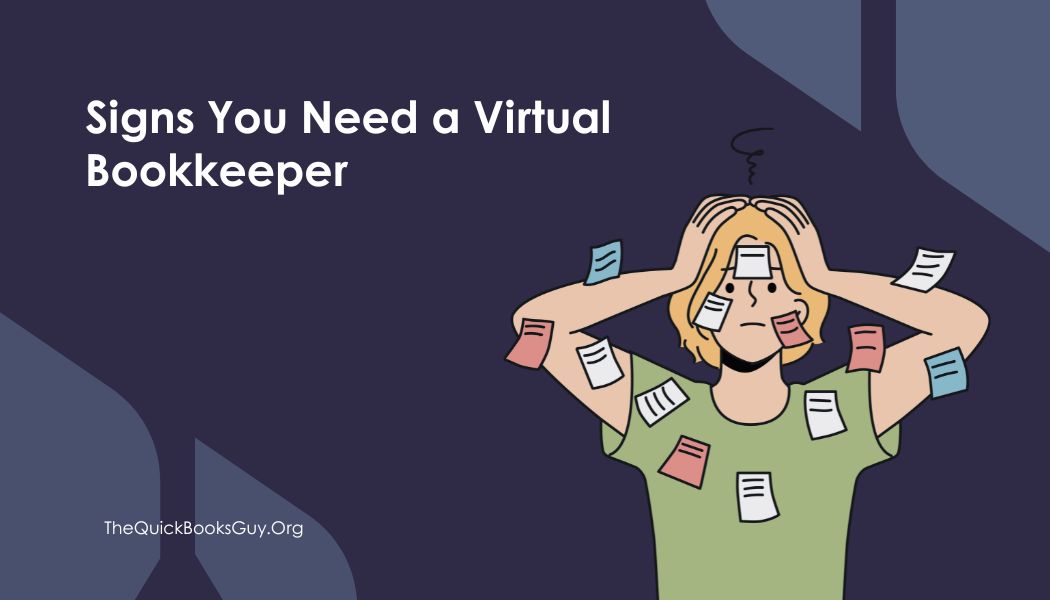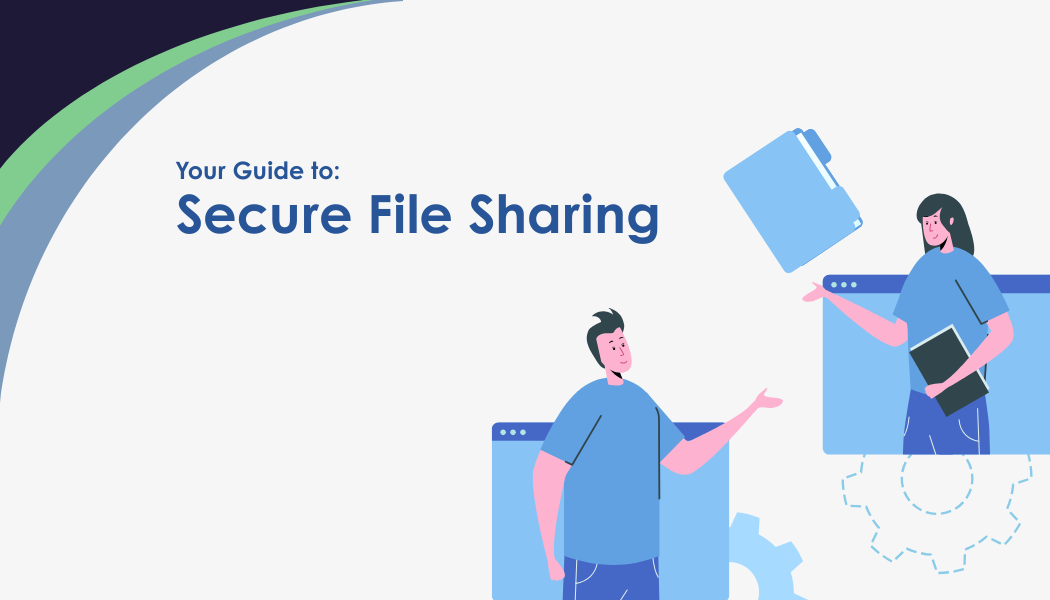
The pandemic brought unprecedented challenges to small businesses across the United States. In response, the federal government introduced various financial relief programs to help these businesses stay afloat. One such program was the Economic Injury Disaster Loan (EIDL) administered by the Small Business Administration (SBA). While these loans provided much-needed relief during the height of the pandemic, many business owners are now struggling to repay them. Our exploration delves into the EIDL program, the repayment challenges faced by business owners, and offers advice for those grappling with loan repayments.
The EIDL Program: A Pandemic Lifeline
In March 2020, the COVID-19 pandemic triggered widespread economic disruption, leading to business closures, reduced consumer spending, and significant revenue losses. To mitigate these impacts, the SBA rolled out the Economic Injury Disaster Loan (EIDL) program, offering low-interest loans to small businesses, agricultural businesses, and nonprofits.
Key Features of EIDL
- Loan Amounts: Businesses could borrow up to $2 million, with the loan amount determined by the SBA based on the business’s economic injury.
- Interest Rates: Fixed interest rates of 3.75% for small businesses and 2.75% for nonprofits.
- Repayment Terms: Up to 30 years, with a deferment period of one year on principal and interest payments.
- Advance Grants: Eligible businesses could receive an advance of up to $10,000, which did not need to be repaid, even if the loan application was ultimately denied.
By the end of 2020, the SBA had approved over 3.6 million EIDL applications, disbursing more than $200 billion in loans and $20 billion in advance grants. These funds provided critical liquidity, helping businesses cover operating expenses, payroll, rent, and other fixed debts during the economic downturn.
The Growing Repayment Crisis
As the deferment period ended, many small business owners found themselves facing the daunting task of repaying their EIDL loans. Despite the initial relief, the lingering economic effects of the pandemic, coupled with new challenges such as inflation and supply chain disruptions, have made it nearly impossible for many to meet their payments.
Factors Contributing to Repayment Difficulties
- Prolonged Revenue Losses: For many businesses, the road to recovery has been slow. Reduced consumer spending, ongoing restrictions, and changes in customer behavior have kept revenues below pre-pandemic levels.
- Inflation: Rising costs of goods, services, and labor have squeezed profit margins, leaving less cash available for loan repayments.
- Supply Chain Issues: Delays and disruptions in supply chains have led to increased costs and inventory shortages, further straining business finances.
- Debt Accumulation: Many businesses took on multiple forms of debt during the pandemic, including EIDL, Paycheck Protection Program (PPP) loans, and other private loans. Juggling these obligations has proven challenging.
Advice for Struggling Business Owners
The challenge of repaying EIDL loans is a pressing concern. However, there are strategies and resources available to help manage this burden.
- Communicate with the SBA: If you’re having trouble making payments, contact the SBA to discuss your situation. They may offer options such as deferment, restructuring, or reduced payment plans.
- Seek Professional Financial Advice: Consulting with a financial advisor or accountant can help you develop a repayment strategy. They can assist with cash flow management, budgeting, and exploring refinancing options.
- Explore Other Relief Programs: Additional federal, state, and local relief programs may still be available. These can provide grants, low-interest loans, or other financial assistance to help you navigate repayment challenges.
- Improve Cash Flow Management: Implementing better cash flow management practices can help ensure you have sufficient funds to meet your obligations. This includes optimizing inventory levels, reducing unnecessary expenses, and improving billing and collection processes.
- Negotiate with Creditors: If you have multiple debts, negotiating with creditors for more favorable terms can provide some relief. Creditors may be willing to extend payment terms, reduce interest rates, or offer temporary payment holidays.
Long-Term Solutions and Policy Considerations
The repayment difficulties faced by many small business owners highlight the need for long-term solutions and policy interventions. Some suggestions include:
- Extended Deferment Periods: Extending the deferment period for EIDL loans could provide additional breathing room for businesses still recovering from the pandemic.
- Forgiveness Programs: Introducing partial loan forgiveness programs for the hardest-hit sectors could alleviate financial stress and support economic recovery.
- Flexible Repayment Plans: Implementing more flexible repayment plans tailored to individual business circumstances can help ensure businesses remain viable while meeting their loan obligations.
- Continued Support for Small Businesses: Ongoing support through grants, tax incentives, and technical assistance can help small businesses navigate post-pandemic challenges and strengthen their financial resilience.
Conclusion
The EIDL program was a crucial lifeline for countless small businesses during the height of the COVID-19 pandemic. However, as the economic landscape evolves, many business owners are now grappling with the challenge of repaying these loans. By understanding the factors contributing to repayment difficulties and leveraging available resources and strategies, struggling business owners can navigate this complex terrain. Additionally, long-term policy solutions are essential to support the sustained recovery and growth of the small business sector.
About The Author
Are you learning to navigate Quickbooks but need a little help? James Wegener, the CEO of The QuickBooks Guy, LLC, is here to guide you every step of the way. With over 20 years of experience in bookkeeping and a deep understanding of financial software solutions, James is the go-to expert for those seeking to optimize their financial operations.
Don’t let bookkeeping challenges hold you back any longer. Reach out today at 678-923-5904 or drop an email to TheQuickBooksGuy@gmail.com.
It’s time to get your books done right!




